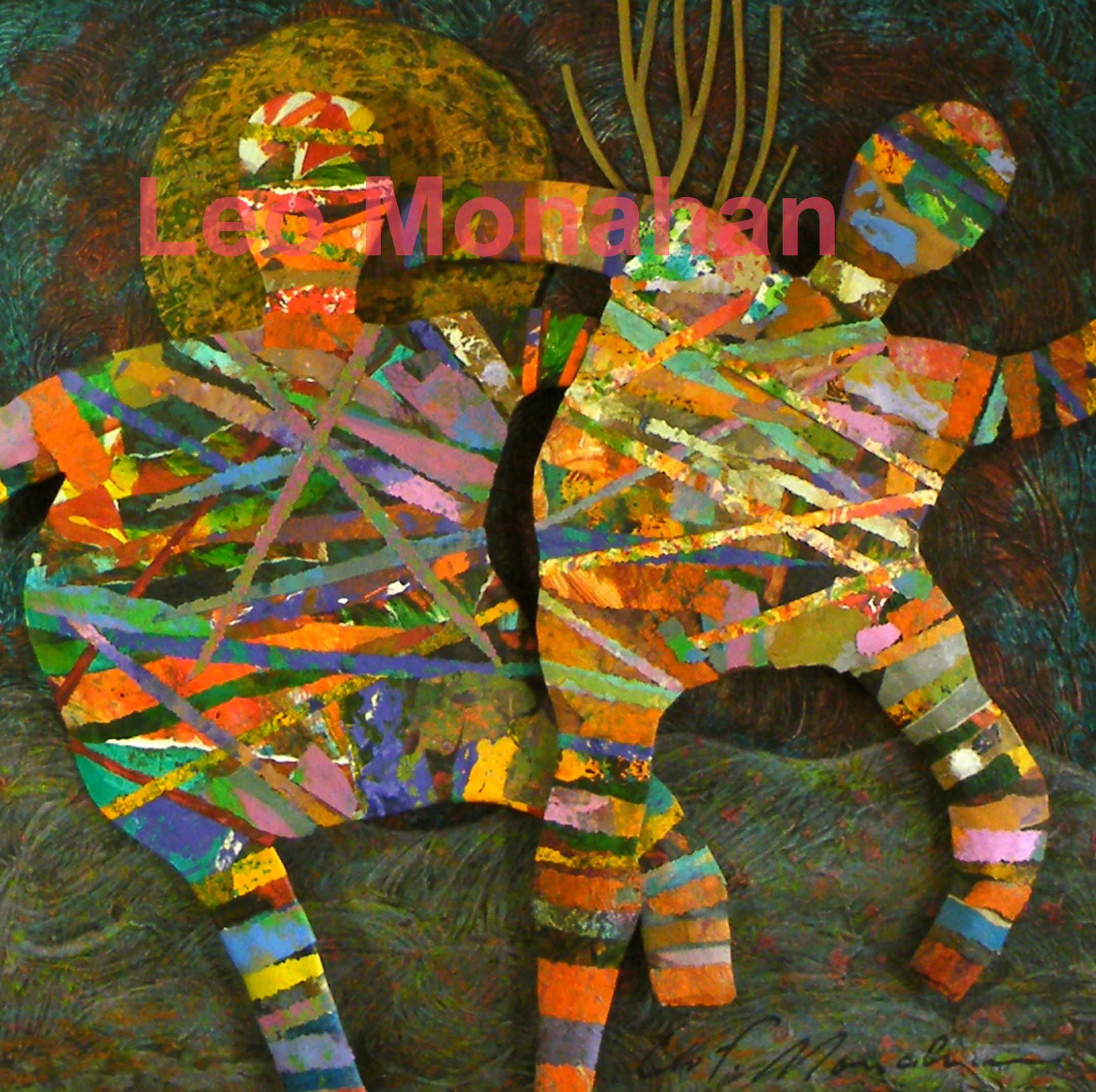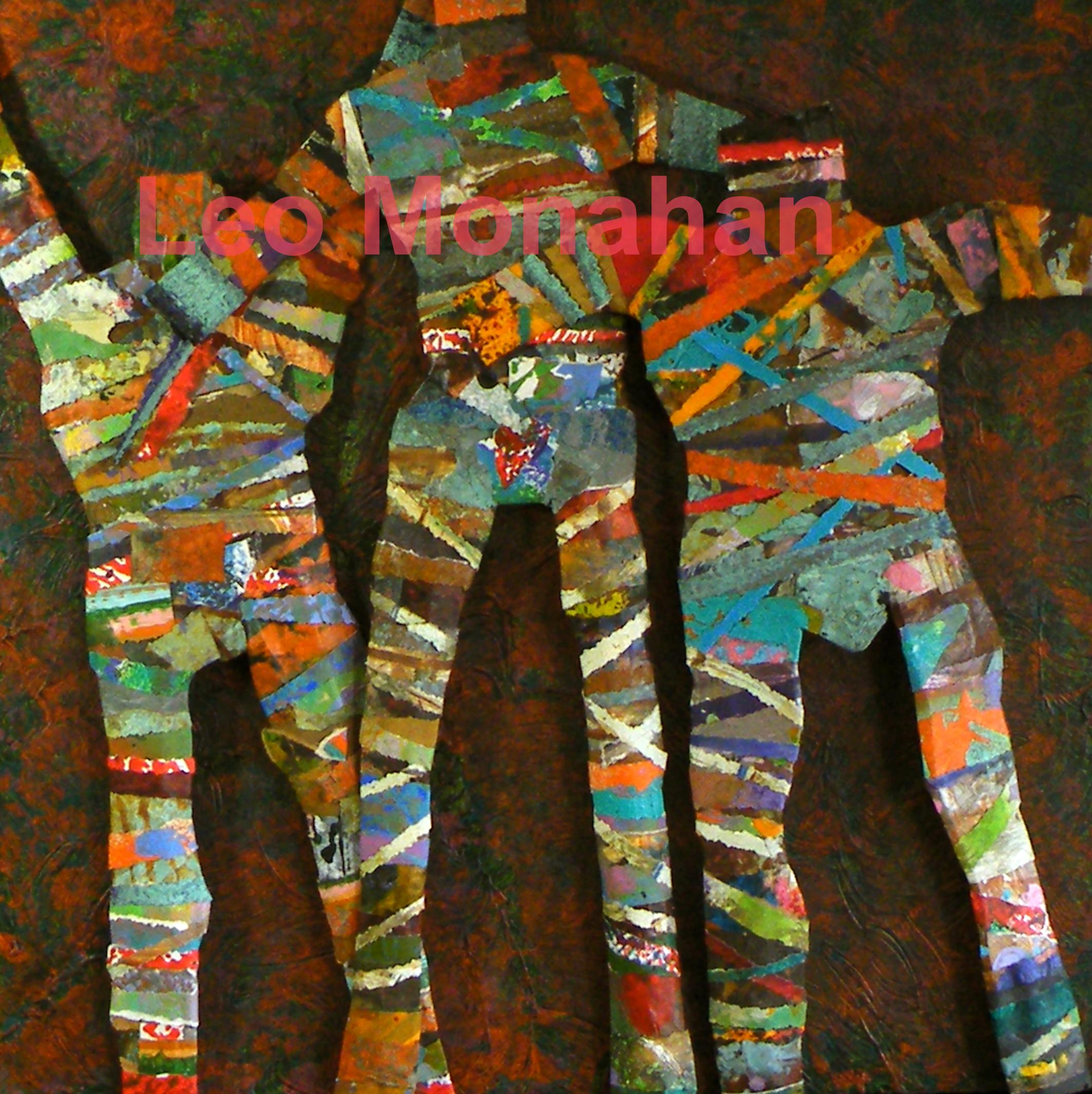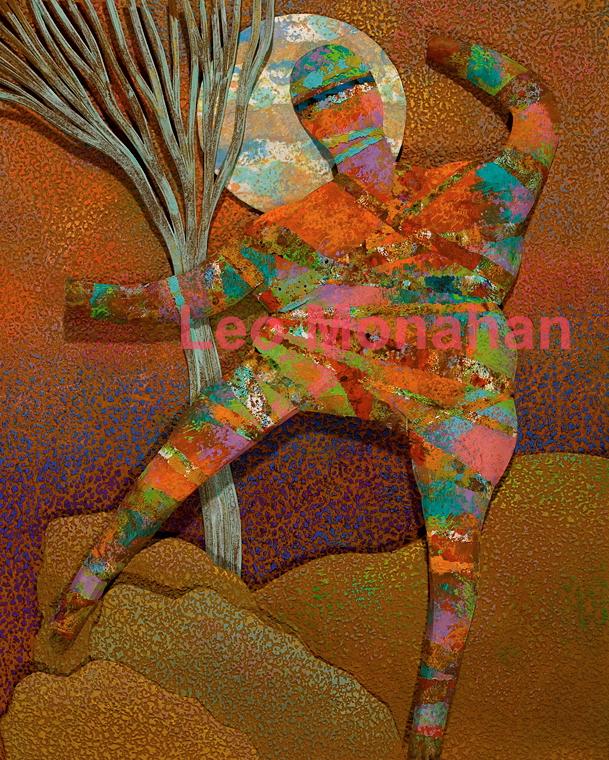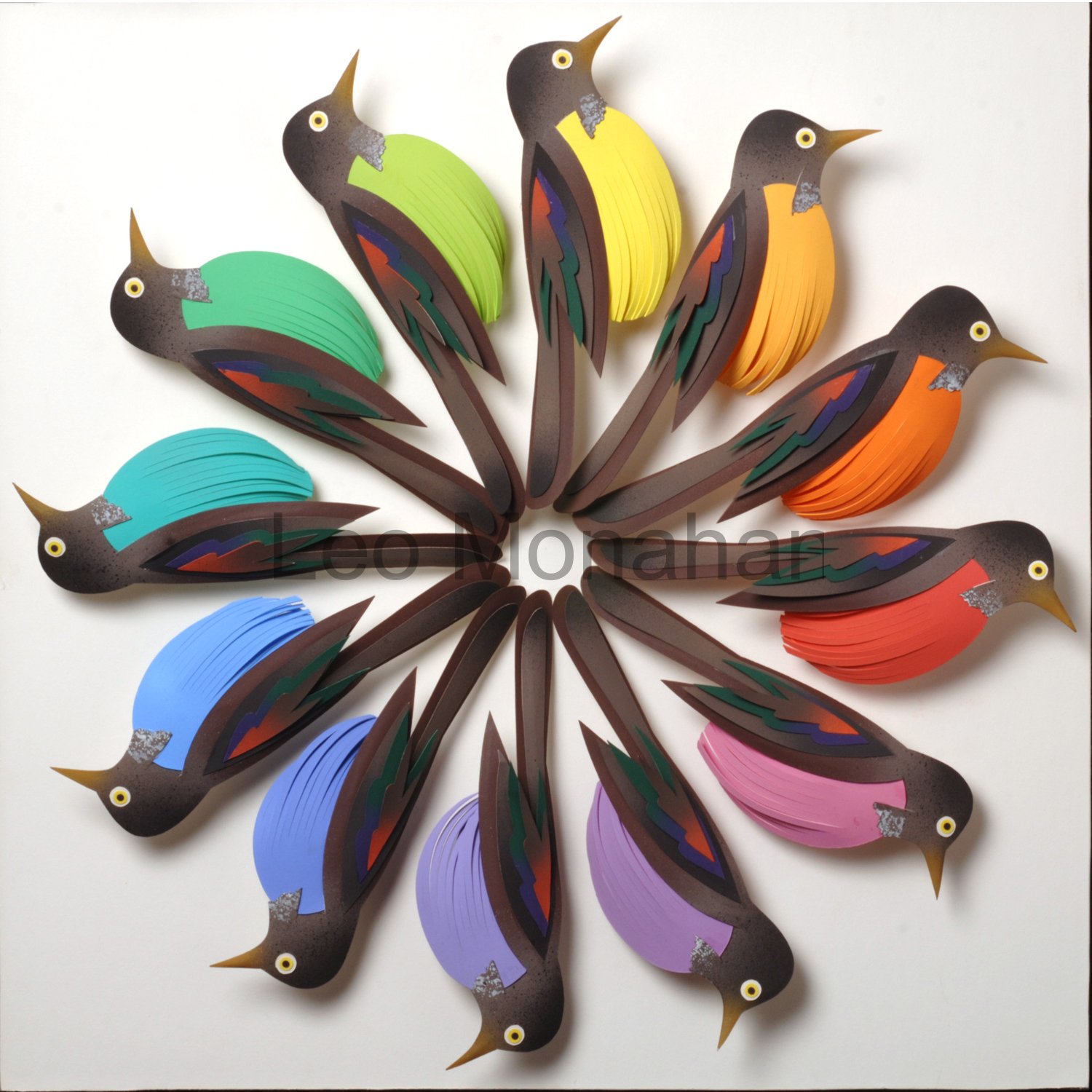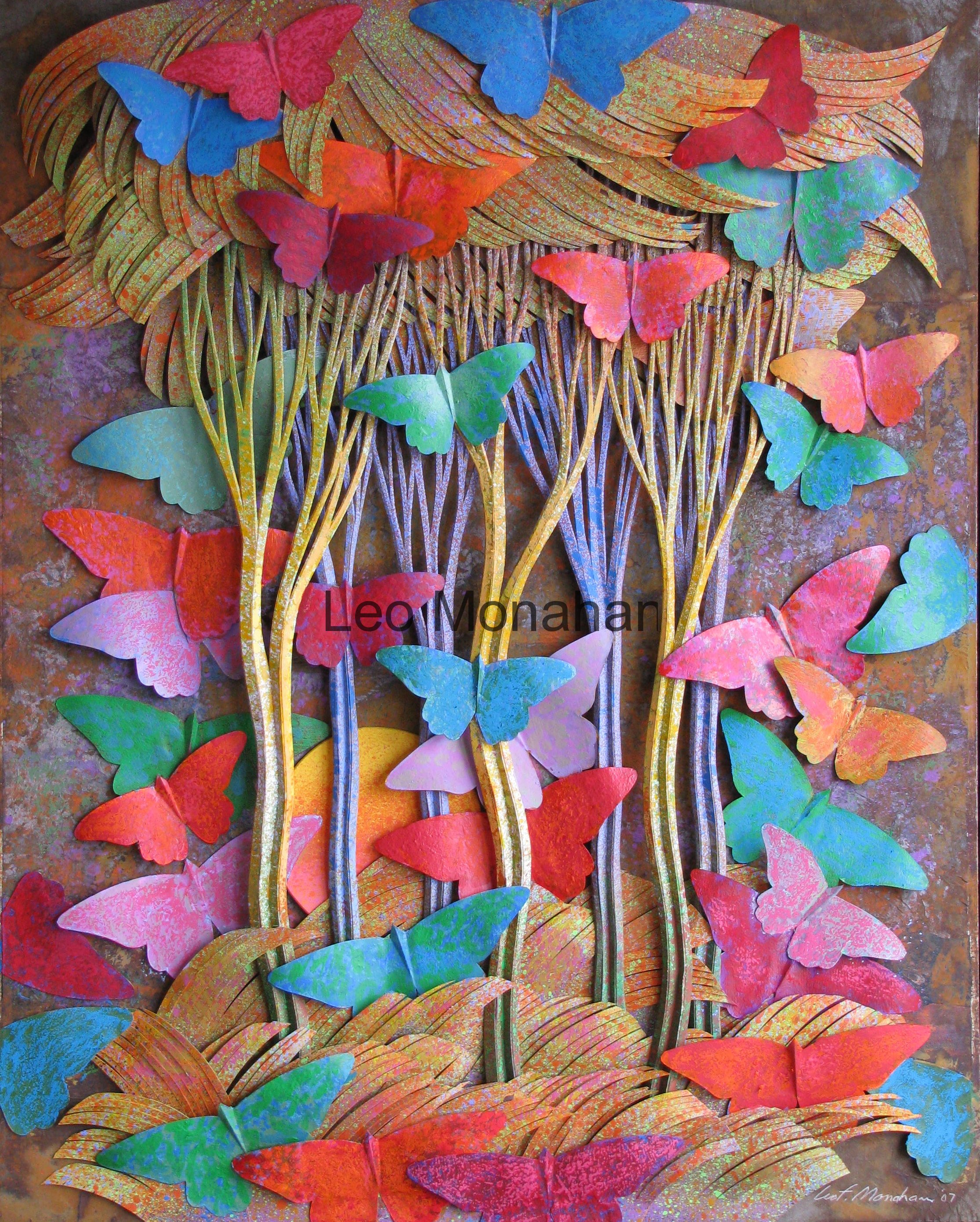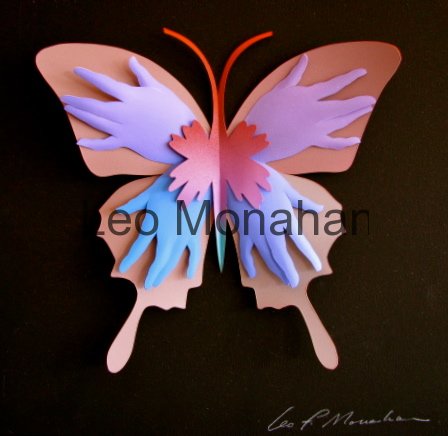Dear Reader,
May 25th. I remember anticipating the coming summer vacation when in the 4th, 5th, and 6th grades. Shoes and shirts off, strap overalls. No underwear until school started in the autumn. Keystone, SD, in WWII was a dream for boys. The Black Hills were our playground with the granite mountains, ponderosa pines, streams and lakes, all in sight of Mount Rushmore.
Playtime was precious because the men had gone to war, and we were left to take up the slack. We had chores, but not one of us felt put upon. I fed chickens, gathered eggs, cleaned the coop, slopped the pigs (I was scared to death of the big pigs), sawed logs with a small, one-man crosscut saw, split the wood, and put it in a wheelbarrow. I wheeled it across a wide farmyard, across the creek and into our house and my grandfather’s house. I had my own small axe, which I threw until I broke the handle.
I had to fill the wood-box for the cook stoves and for the pot-bellied heating stoves in both houses. That was a lot of sawing, splitting and wheeling for a little kid, around eight to ten trips in all. If you didn’t finish, you would be out there in rain or snow until you did. A few of the boys had cows to milk, butter to churn, and horses to take care of on top of everything else.
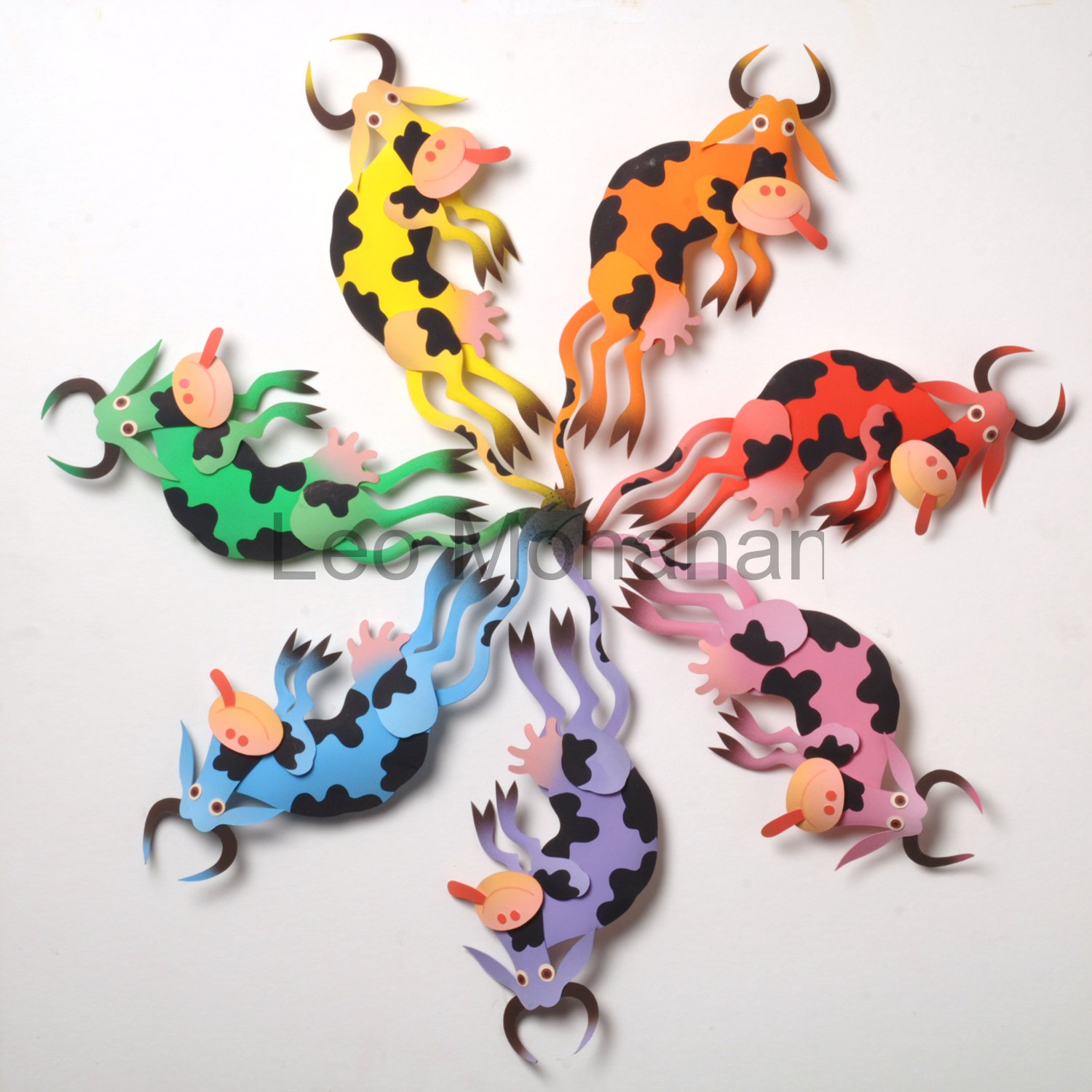
In spite of the work, we always fished, hiked and climbed those granite giants. This cow color wheel is my symbol of those days and how we felt about life. The colors include the three primaries yellow, red and blue as well as the secondary hues orange, violet and green. All are at full intensity (purity), as bright as a bunch of balloons.
I put black spots on the cows because I always liked the black-and-white Guernsey cows best. We didn’t know about cow tipping, but we did know about dried cow-pie tossing, especially at each other. A laughing boy’s organic frisbee.
These figures were done for the run of Samuel Beckett’s “Waiting for Godot,” for which I had done the set. Vladimir and Estragon remind me of us boys waiting for summer vacation, which, like Godot, never seemed to come. Sometimes the things you really crave never show up; I work in the moment and stuff shows up.
The figures are roughly sketched and then drawn with a knife, cutting them from museum board, which is usually used for acid-free mats. The strips are torn from waste paper; I save every scrap that I think has possibilities. I want the striping to look unplanned, with great variations in texture. The colors are random, but there is always play between warm and cool, dark and light, bright and neutral. The color scheme is dark, which enhances those variations and comparisons; I quit when it yells at me to stop.
It’s as if my design and color knowledge were in a fanny pack, and when I need a solution and reach for it, it’s always there. Serendipity is my guide, creating life as I want it to be. Whatever happens should happen naturally.
Here is the rest of the cast of “Godot” on a dark background of neutral burnt orange, dry-brushed over a deep forest green with some black in it. There are the boy, Lucky, and Pozzo. I think of them as Jack, Raymond and Jim, or any of the boys in Keystone.
Sadly, there are only two or three of us left.
Thanks for visiting me.
leo
The two “Godot” pieces are available for $850 each.
They are varnished, unframed and should remain so.
leomonahan@tds.net
The Grovewood Gallery is now representing me in the Asheville, NC area

